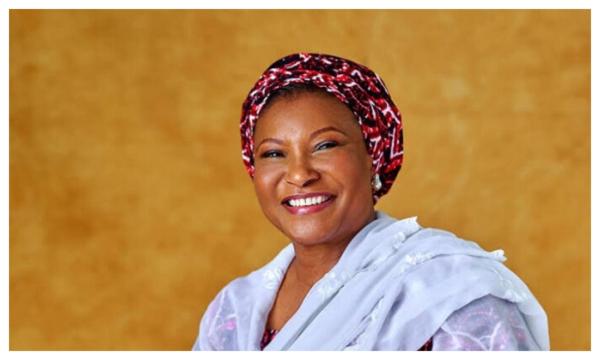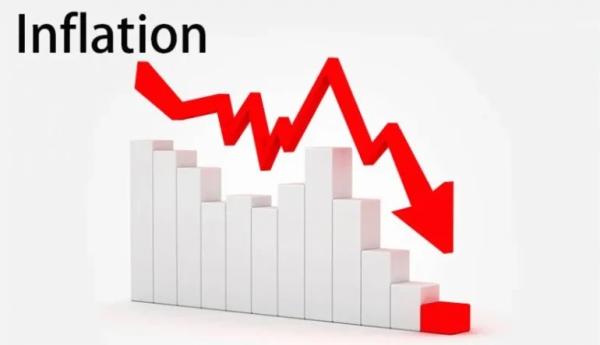
Nigeria’s inflationary trend, which began early this year, has continued to rise unabated, hitting 9.4 per cent in September from a 9.3 per cent figure recorded in August.
A report released by the National Bureau of Statistics (NBS) attributed the rise to high food and non-food divisions – alcoholic beverage, tobacco and kola; clothing and footwear and housing, water, electricity, gas and other fuels divisions.
The report also listed the Muslim holiday period as a likely reason for higher food prices, adding that the food sub-index as a whole recorded a marginal rise, increasing by 10.2 per cent (year-on-year) in September from 10.1 per cent in August. Prices rose in major categories such as bread and cereals, meats, fish, oils and fats groups. “The fruit, vegetables, and potatoes, yams and other tubers groups have, however, held constant or grown at a slower pace for three consecutive months, ultimately weighing on the index,” NBS said.
It also said that the advances recorded by the all items less farm produce or core sub-index increased at a marginally slower pace in September, relative to August, explaining that the core sub-index increased by 8.9 per cent in September from 9 per cent in August.
“The core sub-index was weighted upon by slower increases in multiple groups and or divisions in particular; garments, fuels and lubricants for personal transport equipment, hotel accommodation services, and other services in the communication and miscellaneous goods and services divisions,” NBS said.
It noted that the headline index is made up of the core index and farm produce items. As processed foods are included in both the core and food sub-indices, this implies that these sub-indices are not mutually exclusive.
The report further said that on a month-to-month basis, the pace of increases of the headline index has held constant for the second consecutive month at 0.6 per cent, the lowest pace recorded this year. Non-food divisions, which weighted on the index, include housing, water, electricity, gas and other fuels; communication, education and miscellaneous goods and services.
“In September, the urban index edged higher, increasing by 9.5 per cent (year-on-year), up by 0.3 per cent points from 9.2 per cent in August. On the other hand, the rural index increased by 9.3 per cent in September from 9.4 per cent in August. On a month-on-month basis, the urban index edged higher from 0.6 per cent in August to 0.7 per cent in September, while the rural index increased at a slower pace for the fourth consecutive month, increasing by 0.5 per cent in September from 0.6 per cent in August.
“The percentage change in the average composite CPI for the 12-month period ending in September over the average of the CPI for the previous 12-month period was 8.7 per cent, marginally higher from the 8.6 per cent rate recorded in August.
The corresponding 12-month year-on-year average percentage change for the urban index increased marginally from 8.6 per cent to 8.7 per cent, while the corresponding rural index also edged higher to 8.6 per cent in September from 8.5 per cent in August,” the report noted.
Source: Daily Sun






















